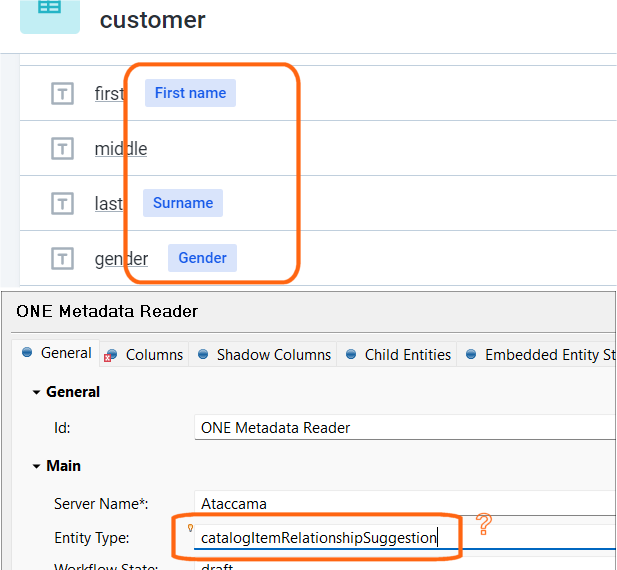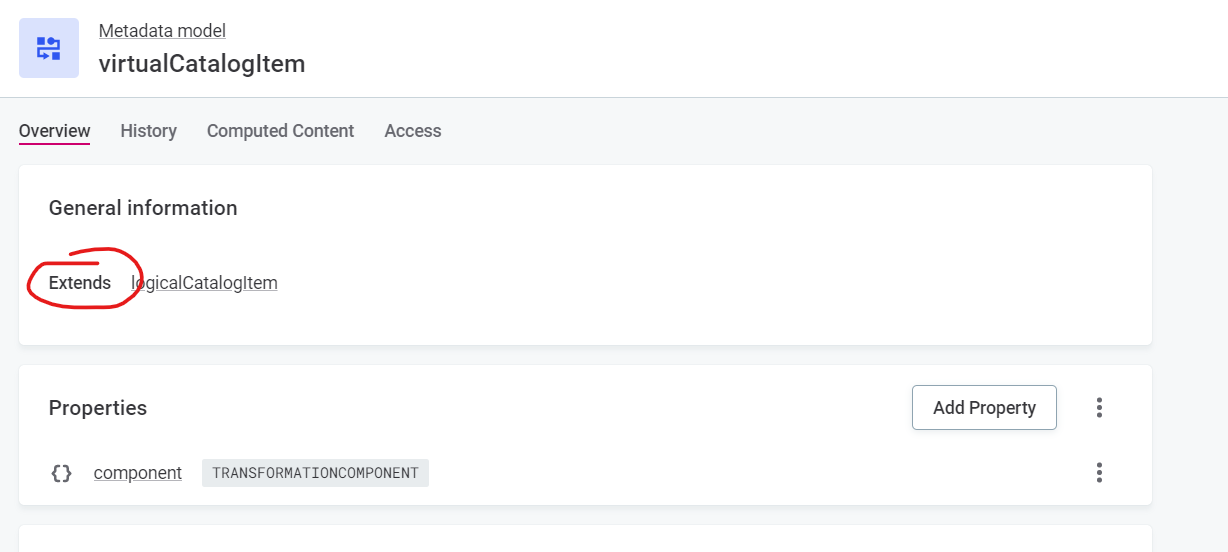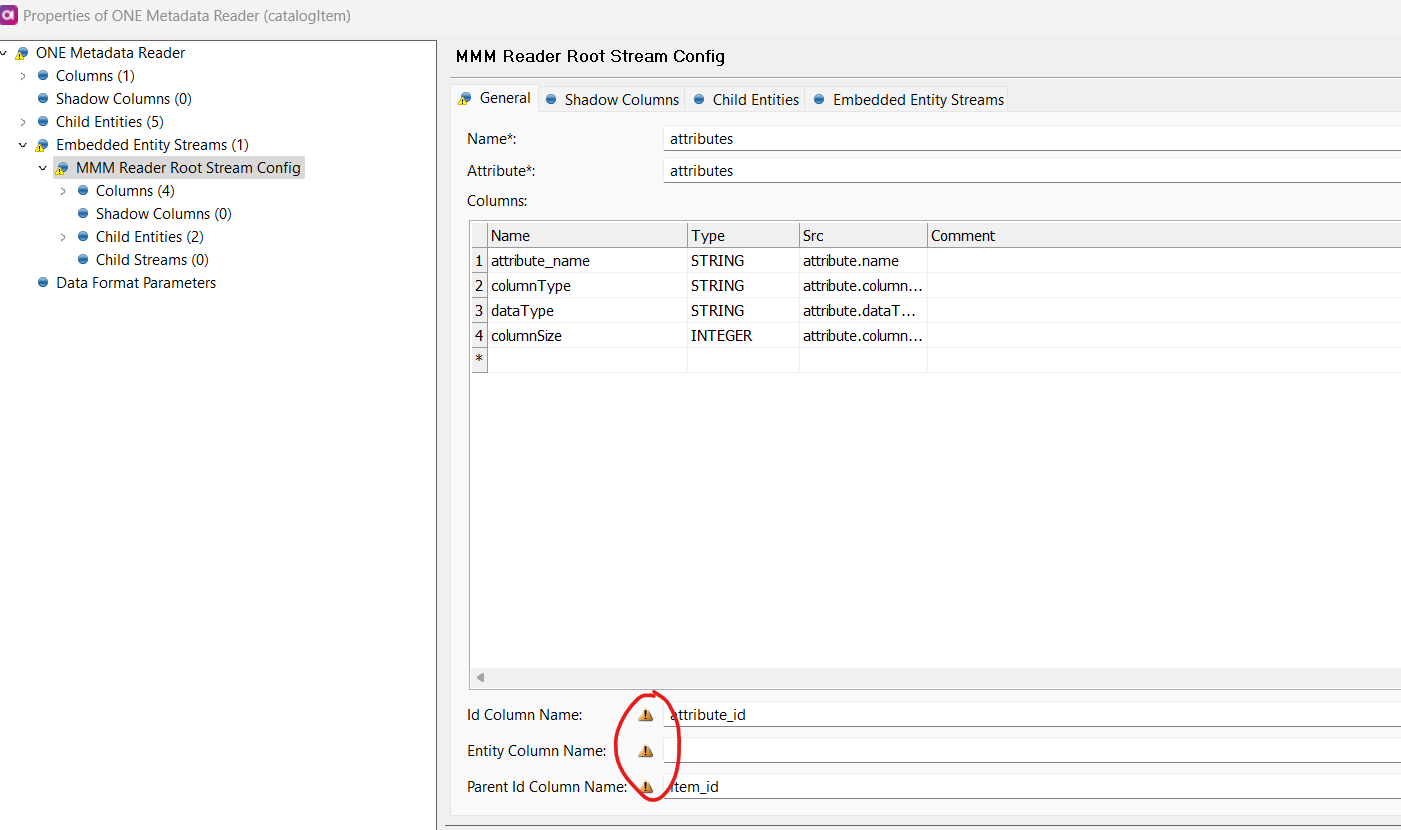Which ONE Metadata Reader entity type will let me read the all suggested business terms against all items?

Which ONE Metadata Reader entity type will let me read the all suggested business terms against all items?

Best answer by anna.spakova
Hello, so lot’s of comments, let me try to answer all.
First of all attached is the simple plan that joins termInstances with catalog and attributes. I tried to already shed some light on the joining in my first comment. The relationship between the entities is as follows:
termInstance is a child of attribute (because attribute contains termInstance as embedded array), attribute is child of catalogItem (because catalogItem contains attribute as embedded array). I feel like some of your questions regarding metadata may be answered by our documentation, where we explain the data types and everything else: https://support.ataccama.com/home/docs/aip/13.9.0/development-guides/one-development-guide/configuring-the-metadata-model/one-metadata-property-references
As for the names of the objects, sometimes you can find the name in the URL:

and if you then search for the object in the metadata model, you can find more about the properties. If the properties are object like (e.g. Reference or embedded), you can again click on it and see detail and etc. In general, if object is embedded inside another one, it is a “child”. That is usefull for joining in plans. References contain directly ID of the referenced objects.
Regarding naming pattern, I don’t think there is a rule, we try to follow camel case in the names, other than that… usually there is a class as you call it (e.g. catalogItem) and a “subclass” (e.g. rdmCatalogItem) and usually the name is <subclass><Class>. But I wouldn’t count on that. You can find, if an entity is a class or subclass by property “Extends”:

If it’s null, the entity is a “class”, if it contains something, it is a “subclass”. Also the subclass inherits all properties of the parent class.
Sometimes it may be also useful to check out the graphQL query that is triggered by some action, which contains the entites that are affected. See this article:
Lastly, the warning is not a bug, it is there for a reason. It indicates that either you are not returning the IDs and entity type OR the columns you use to save the IDs into don’t exist (but that’s fine, IDE will create them during execution of the plan). But it is not mandatory, thus just a warning.

Let me know if you have any further questions, I am happy to help.
Anna
No account yet? Create an account
Enter your E-mail address. We'll send you an e-mail with instructions to reset your password.